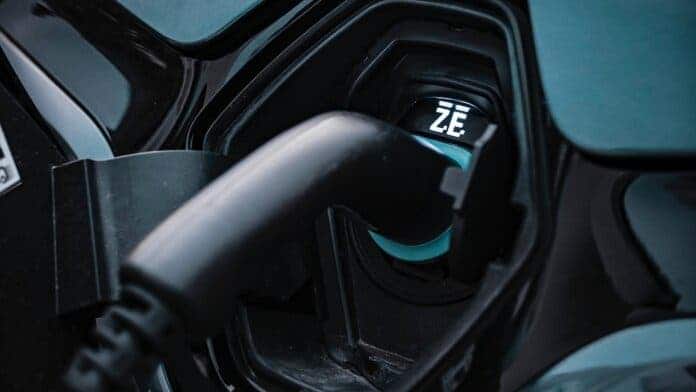
Although no one can predict with certainty what exactly people will use to drive down roads decades from now, this much is certain: gas-powered cars are on their way out, and EVs are on the way in. That’s pretty transparent to most folks, but nevertheless, adoption is slow because of two major bottlenecks: cost and convenience.
Both the higher EV price tag and large refilling time compared to gas-guzzling vehicles can be pinned down to batteries, but a simple design tweak could solve these issues with a one-two punch.
“The need for smaller, faster-charging batteries is greater than ever,” said Chao-Yang Wang, Professor of Mechanical Engineering at Penn State and lead author of the study. “There are simply not enough batteries and critical raw materials, especially those produced domestically, to meet anticipated demand.”
Wang and colleagues squeezed the most performance out of Li-ion batteries through thermoregulation because batteries charge most optimally when they are hot. That’s no secret to automakers, but the challenge lies in the heating and cooling system, which tends to be bulky and heavy. All that extra weight and energy consumption have only delivered marginal net gains in autonomy.
However, the Penn State researchers have gone a different route, regulating temperature from inside the battery rather than relying on an external system. They added an ultrathin foil of nickel just a few micrometers thick right beside the anode, electrolyte, and cathode. The nickel sheet acts as a heating element, heating the battery cell up to 65°C ( 149°F) in about a minute. After the battery is charged, it quickly cools down to room temperature shortly after it is unplugged.
This single design element allowed the researchers to achieve 10-minute fast charging for just about any type of EV battery. For instance, a 265-kWh battery was charged to 70% in 11 minutes.
And since batteries can be charged faster, the nickel thin sheet could enable working EVs with much smaller batteries. The average cost of an electric car battery is between 30% and 57% of the vehicle’s total value.
“Our fast-charging technology works for most energy-dense batteries and will open a new possibility to downsize electric vehicle batteries from 150 to 50 kWh without causing drivers to feel range anxiety,” Wang said.
The idea is to have cheaper EVs with smaller batteries. Their range will of course go down proportionately with the downsizing in energy density, but the loss in autonomy is offset by the much faster charging times — and since some electric cars already have longer ranges than gas cars, there’s some leeway you can work with on this end. Overall, this would improve overall autonomy and serve to cure the range anxiety that currently keeps many buyers away that are on the fence. Of course, you could also buy high-density batteries with hundreds of miles of range but pay the premium.
“True fast-charging batteries would have an immediate impact,” the researchers write. “Since there are not enough raw minerals for every internal combustion engine car to be replaced by a 150 kWh-equipped EV, fast charging is imperative for EVs to go mainstream.”
Penn State has partnered with a startup called EC Power which spun off from campus to commercially develop this technology.
The findings were reported in the journal Nature.


